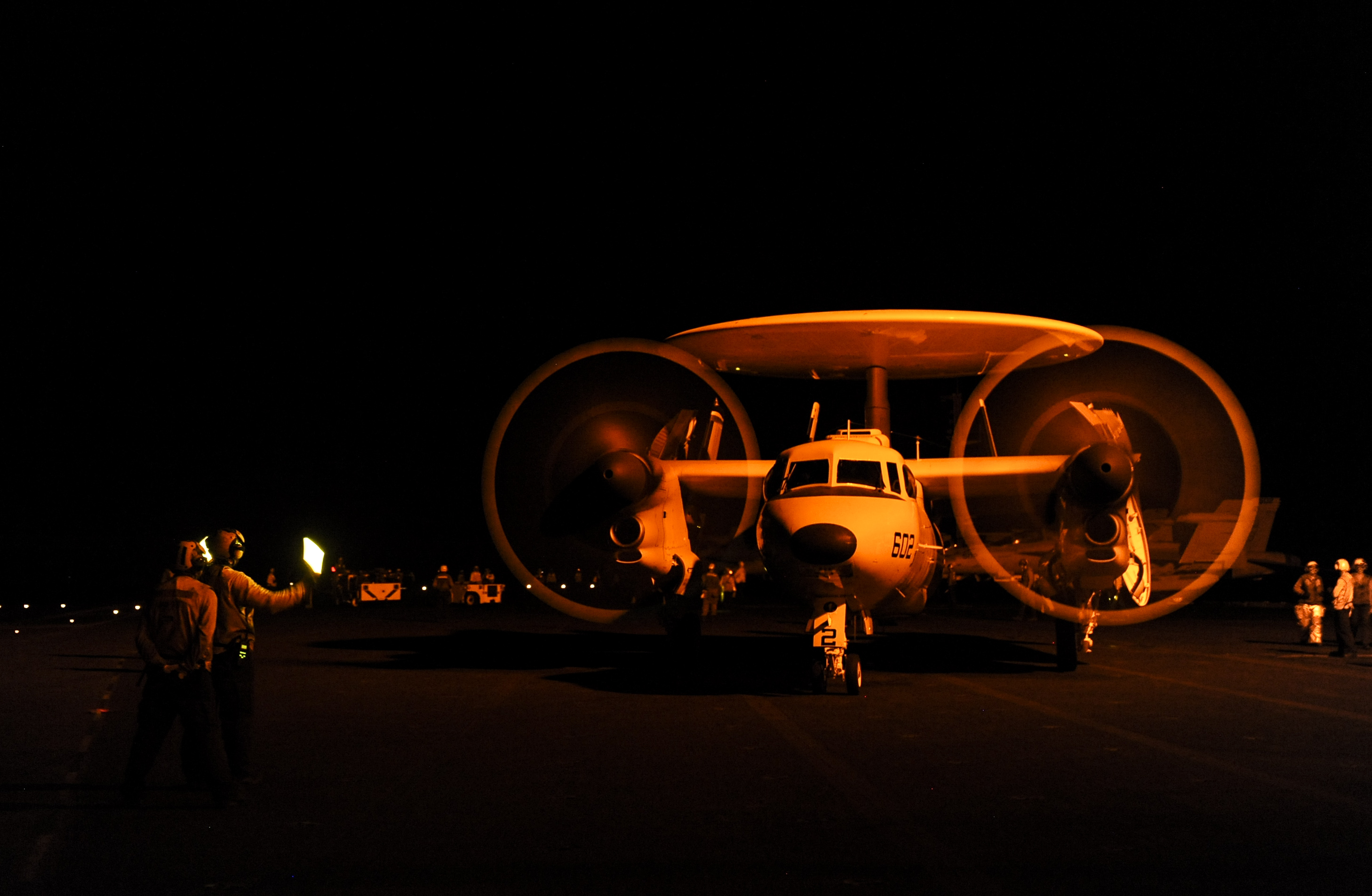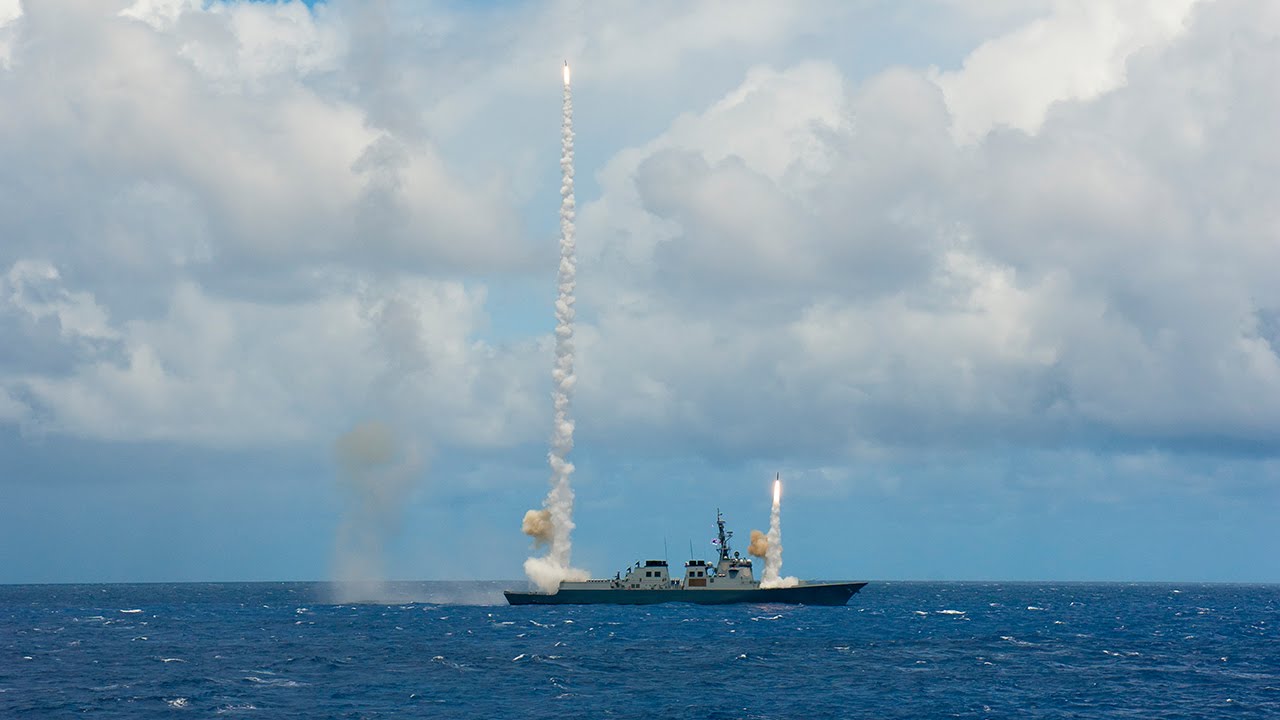SAN DIEGO, Calif. – The commander of U.S. military forces in the Pacific called for tighter integration of joint forces, to include Army units tapping into Navy battle networks to help go after complex targets.
For starters, U.S. Pacific Command commander Adm. Harry Harris said he’d like the Army to develop a native anti-ship capability.
“Before I leave PACOM, I’d like to see the Army’s land forces conduct exercises to sink a ship in a complex environment where our joint and combined forces are operating in other domains,” Harris said during the West 2017 conference on Tuesday.
“Moving forward, all the services will have to exert influence in non-traditional and sometimes unfamiliar domains.”
Harris then called for his Navy and Army forces commanders – Pacific Fleet commander Adm. Scott Swift and U.S. Army Pacific commander Gen. Bob Brown – to work out how to tie the Army’s land-based missile defense network into the Navy’s Naval Integrated Fire Control-Counter Air architecture. NIFC-CA – based around the U.S. carrier strike group – creates a network of sensors and shooters to allow ships or aircraft to pass targeting information between several different weapon systems and platforms.

“The Army has a tremendous air defense capability and the Navy has this incredibly powerful [NIFC-CA] capability. These two systems ought to be talking to each other so they can be complementary and work in order to give us superiority on the battlefield,” he told reporters following his keynote.
“I want them to deliver a missile on target, and I want them to do it interchangeably… so the E-2D [Advanced Hawkeye] and the Aegis destroyer and the Army counter-air are integrated together. I think that’s the way of the future.”
The goal is to further integrate the PACOM forces and create more options and capabilities for commanders.
“We must be able to execute joint operations across far more domains than planners accounted for in the past. We need a degree of ‘jointness’ where no domain has a fixed boundary,” he said.
“A combatant commander must be able to create effects from any single domain to targets in every other domain.”
While Harris, was enthusiastic about inter-service battle networks merging, he stopped short of calling for a NIFC-CA level of connection with Japanese and South Korean forces.
Both countries field – or are set to field – Aegis combat system-equipped ships and aircraft capable of bolting on to the U.S. Navy’s NIFC-CA construct and expanding its reach. When asked by USNI News, Harris declined to say if he wants to link the capabilities of the Japanese Self-Defense Forces and the South Korean military directly to the U.S. NIFC-CA network.

He did, however, praise a new intelligence-sharing agreement signed in November between the Japan and Korea – the General Security of Military Information Agreement. The two countries have attempted to overcome historical differences to pass the measure since 2012, with no success until late November. While still controversial in both countries, the advancements in North Korea’s ballistic missile technology prompted action from leaders in Tokyo and Seoul.
Harris has called for a trilateral ballistic missile defense agreement between Japan, South Korea and the U.S. in the past and praised recent BMD exercises between the three countries.
“We have made big inroads into the ballistic missile defense piece. We’ve had some very successful trilateral BMD exercises of late,” Harris told reporters.
“The fact that Japan and Korea are working together better now than they have in past is key to this.”
Harris’ calls for U.S. interoperability and international cooperation came during a speech in which he outlined what he saw were the chief challenges in his area of responsibility– namely, a nuclear-armed North Korea, plus Chinese and Russian governments that violate international laws and norms.
“They can choose to disregard the rules-based security order that has served all nations – including them – so well for decades, or they can contribute to it as responsible stakeholders,” he said.
“I hope for the latter, but must be prepared for the former.”





